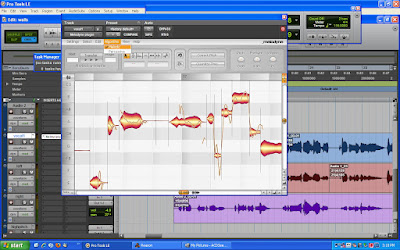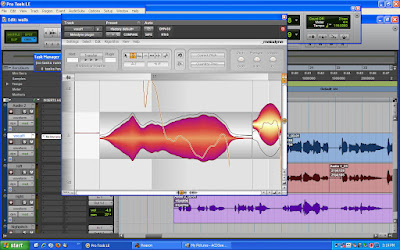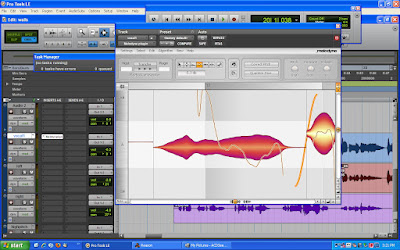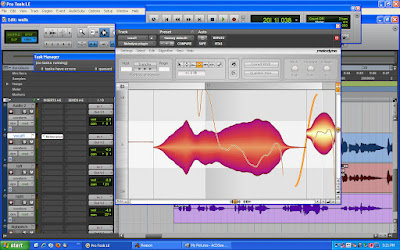
It was the spring of 1987 I think, and I was in my prime. I was working 40 hours a week at a fast food joint, and dating the cutest blonde girl in my home town. Oh the memories of the swimming hole and senior parties.....
My “Burger Boss” pulled his car into work one day and a new sound was soon filling the air. He was pumping out music from a band that sounded rather new and exciting. He let me know that it was a group named Bon Jovi, a name that I had to write down because I would certainly forget it. Who ever they were I liked them instantly.
Flash forward several more months....
I was on my way to Mass, for a sold out show. It was an outdoor venue, and Bon Jovi was headlining. Along with Bon Jovi an old version of a “nobody group” named Extreme was opening if that tells you how long ago it was. Let me just say that the event changed my life, and concerts would soon become who I was. Guitar driven music would become the reason for waking up each and every day.
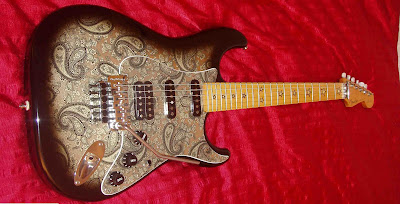
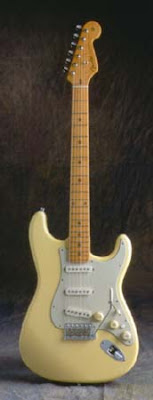
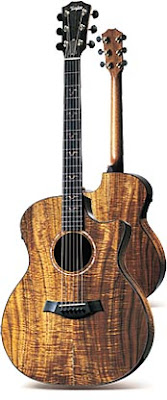

My “Burger Boss” pulled his car into work one day and a new sound was soon filling the air. He was pumping out music from a band that sounded rather new and exciting. He let me know that it was a group named Bon Jovi, a name that I had to write down because I would certainly forget it. Who ever they were I liked them instantly.
Flash forward several more months....
I was on my way to Mass, for a sold out show. It was an outdoor venue, and Bon Jovi was headlining. Along with Bon Jovi an old version of a “nobody group” named Extreme was opening if that tells you how long ago it was. Let me just say that the event changed my life, and concerts would soon become who I was. Guitar driven music would become the reason for waking up each and every day.
As the years passed I never forgot about the group from New Jersey that is Bon Jovi, and the “dynamic duo” that is Richie Sambora and Jon Bon Jovi. Richie and Jon would go on to release several solo projects each, and I would then go on to buy them, play them a million times over, and then learn to play every note on them. People would say that I was stuck in the 80's, but I was not. I was sticking with some great writers, awesome performers, and incredible talents.
If you didn't know, Richie Sambora has released some awesome records. They have a "darkness about them", but the solos on them are out of this world. With songs like “Mr. Blues man”, and “Stranger in this town” from the album “Stranger in this town”, they totally hit the spot for all of us guitarists. Richie can play every type of music you ask him to, and can he ever bend a string! However, one of his songs, “Rosie”, stank of the “Bon Bon” stamp from the past. I forgive you Richie.
So, let's talk about his guitars.
This is a good starting place, a video on You Tube where he details his humble beginnings as a music student, his playing with Gibson brand guitars and what happened to his Gibson collection. Over the years Richie has made several guitars famous, and he has had guitar makers ask him to help design and endorse several unique signature guitars. Lets peek into the past, and into guitar history, Richie Sambora style!
Can you think, or hear, the tone that Richie's music would poses if he had stuck with Gibsons? I bet it would just about smell like Santana, with less southern influence though. Be that what it may, Richie was destined for single coil cleanness. As we first met Mr. Sambora, he had a Kramer strapped on his back and that was his first popular endorsement, the Richie Sambora Kramer guitar. The Richie Sambora Kramer had a Floyd Rose bridge (a favorite of Richie), three humbucker pickups, and various phase switches and coil taps to round out the tone.

Can you think, or hear, the tone that Richie's music would poses if he had stuck with Gibsons? I bet it would just about smell like Santana, with less southern influence though. Be that what it may, Richie was destined for single coil cleanness. As we first met Mr. Sambora, he had a Kramer strapped on his back and that was his first popular endorsement, the Richie Sambora Kramer guitar. The Richie Sambora Kramer had a Floyd Rose bridge (a favorite of Richie), three humbucker pickups, and various phase switches and coil taps to round out the tone.

Richie speaks very highly of the Fender Stratocaster guitars that he owns, and of his Fender endorsement with Fender guitars. Heck, why not, Richie's endorsement models are among the best playing, best looking, and the best sounding Floyd Rose guitars on the market. Crisp, clean, and with bite when you need it.


Who can ever forget the impact that Richie made on the entire world with his Ovation double neck guitar in the “Wanted” video? This (I feel) is what put Bon Jovi on the worlds musical map for good. What a riff, what a song, and what a guitar.
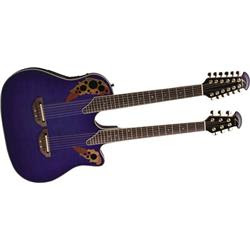

Here is Richie playing his Ovation double neck on “Wanted dead or alive”. However, his acoustical guitar endorsements are not of Ovation fame, but instead of C.F. Martin and Taylor fame. Here is the scoop....
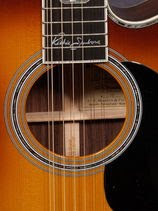
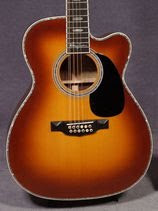


Richie has teamed up with C.F. Martin and Taylor, over the past years, and they have put out a few awesome guitars. The list includes the C.F. Martin MC12-41 RICHIE SAMBORA (a six or twelve string model, and with a cool sunburst fade finish) of which you can purchase one here. Taylor put out the RSSM model, which is an acoustic six string guitar finished with Koa wood for a unique look and tone.

Lastly, who knows what will become of his latest venture? It stunned me to imagine Richie teaming up with such a heavy hitter as ESP Guitars, but he has. The ESP LTD SA2 model. Staying with Richie's love for all things whammy, these guitars are equipped with Floyd Rose tremolos and a locking nut, but that is where the similarities from his past models end. These monsters contain two ESP LH-150 hum bucking pickups. Definitely a throwback to his Gibson playing days of long ago.

Well, just a post to give some credit where credit is due. In this world, we must have two professions in order to make it. Richies are a guitarist and a marketor of himself. This is working for himself, and his guitars are working very well for the rest of us. Feel free to put up any comments that you wish to, and subscribing now, to the Home Recording Weekly blog, will ensure that you never ever miss a post! Thanks for stopping by!

